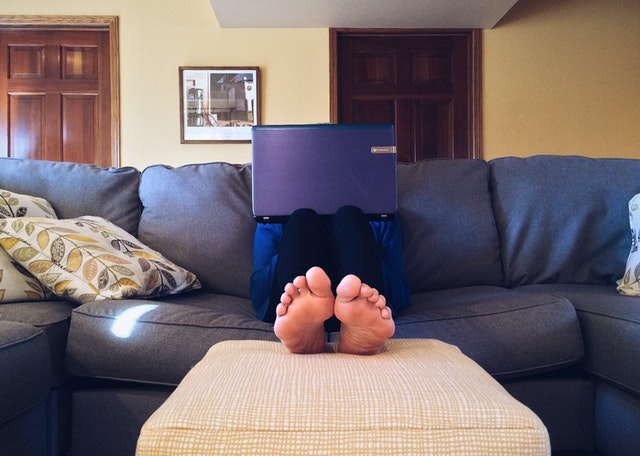Many companies are continuing to debate hybrid working, and whether it should be introduced permanently as part of a normal way of working. Others have enthusiastically adopted it for some time.
Recent surveys by the CIPD and the IOD seem to indicate that employers are increasingly accepting that it can be a more efficient way of working and improve performance. In fact, according to the CIPD, 41% of employers in November thought this way, up from 33% a year ago. And conversely, only 18% now think it is detrimental to performance compared to 23% in 2020.
The benefits to a properly equipped, well set up, hybrid workforce is fairly self-evident. By allowing workers to split their time between the office and home, employers can not only increase efficiency, but give the individual greater flexibility, improve their work/life balance, and get away from the daily commute. So not only will this save them time and stress, but also money.
So, what is there not to like?
From a health and safety point of view, it is more complicated. For a start, the employer does not have complete control over their employee’s workplace for the whole week.
Since the start of the pandemic, with more workers working from home, there has been a significant rise in musculoskeletal disorders (MSD). Nearly all of these injuries are preventable, especially if they are associated with sitting at an inappropriately equipped and ergonomically unsound workstation for long periods of time.
In addition, if the workspace at home is not sufficiently separate and isolated from the rest of the house, then other problems can occur. The stress of working in a noisy environment, possibly with children running around, and the potential to trip over wires in a busy, crowded workspace is real.
Home working risk assessments
This should not be anything new to our regular readers. Every workspace at home should be self-risk assessed, because normally this is not possible by anyone other than the employee themselves.
However, IOSH, the professional body for Health and Safety consultants, recommends that alongside a proper risk assessment, photos and videos can be requested of the working environment to make sure it is properly set up.
We have discussed before what equipment the employer should provide, including an appropriate chair, IT equipment, phone line, broadband and the right resources, such as subscriptions and licenses, where necessary.
In addition, their Manager, or nominated health and safety competent person, should also be offering advice on how to reduce risks in the home. They should cover lighting, wiring, storage, fire, ergonomics and using a suitable workspace.
Workers should also be encouraged to look after themselves. Moving around regularly, and looking after themselves physically are essential. So, taking regular breaks looking away from the screen and being sensible about how much daily screen time they have really helps.
Post-pandemic, many employers are being faced with problems they have not really had to address up to now. Homeworking is one of them, and while many arrangements were organised in haste during the pandemic, there should now be plenty of time to review and act to make sure that everybody is working safely from home.
If not, there will be a rise in the number of claims for injuries at work and the resultant damage it has caused.
Our Consultants would be pleased to advise you on any element of the issues arising from this newsletter.


